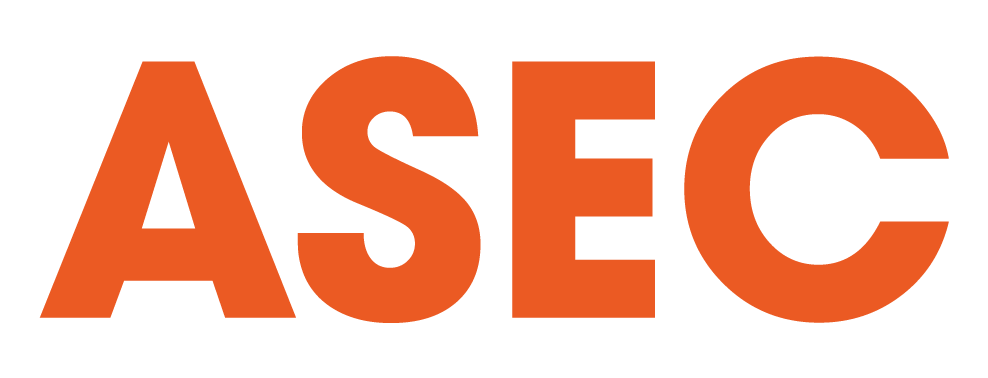After establishing your Emergency Response Team (ERT) and defining clear Job Performance Requirements (JPRs) for your hazardous material (hazmat) responders, the next step is to find a reliable hazmat response training provider. In Malaysia, the Fire and Rescue Department’s (Bomba) HAZMAT Unit is the primary professional resource for hazmat incidents, hence the response times can be long. Therefore, high-quality, engaging training that equips your hazmat responders to effectively manage and contain incidents until professional assistance arrives, from a good hazmat training provider is crucial.
1. Review Training Modules Of The Hazmat Response Training
In Malaysia, there are no set guidelines for a mandatory curriculum for hazmat response training, as the required knowledge and skills depend on various factors, such as the type of industrial activities, the chemicals stored, used, or processed, the quantities involved, and the available hazmat response facilities at the site. Hazmat response can also have defensive or offensive approach, each requiring different skill sets and equipment. It is essential to carefully evaluate the training modules to ensure they align with your hazmat responders’ JPRs.
While opting for standardized hazmat response training modules may seem simpler, it’s important to ensure that the training is tailored to address the specific hazards of your workplace. Well-trained hazmat responders, equipped to handle incidents relevant to your environment, can effectively manage chemical spills or leaks, preventing the situation from escalating. Therefore, reviewing the training modules should be your top priority when selecting a training provider for your ERT.
2. Understand How Hazmat Response Training Participants Are Evaluated Post-Training
Completing the theoretical and practical components of hazmat response training is not sufficient to qualify responders as proficient in their roles within the ERT. A thorough evaluation is necessary to assess the knowledge and skills they’ve gained during the training. If their evaluation results are unsatisfactory, they should undergo additional refresher training to practice and refine their abilities. A drill on hazmat incidents can be performed as an evaluation as well to determine if the training is fruitful.
As the person in charge, it is your responsibility to ensure that the post-training evaluation process is both fair and accurately reflects the competency of your hazmat responders. The evaluation process, including the types of questions asked, the skills assessed, and the grading criteria, should be clearly outlined and transparent.
3. Evaluate The Hazmat Response Training Provider’s Accreditation And Trainers’ Qualifications
Although many hazmat response training providers may offer the same training modules, it’s important to verify the accreditation of the provider and the qualifications of their trainers. Accredited providers and certified instructors are recognized by respected organizations in the hazmat response field, such as the Pro Board and the International Fire Service Accreditation Congress (IFSAC). These bodies establish strict guidelines that providers must adhere to, ensuring that only high-quality training is delivered.
Additionally, it’s worth seeking out hazmat response training that is HRD Corp claimable, as this ensures that trainers have obtained Train-The-Trainer certification from the Human Resources Development Corporation (HRDC). This certification ensures the trainers possess the necessary skills and qualifications to deliver effective training.
4. Assess Pre- and Post-Training Support
A reliable hazmat response training provider offers more than just the training itself to ensure the session is impactful and that your JPRs are effectively met. Prior to the training, the training provider should clearly communicate any necessary preparations, such as arranging a projector for the theoretical session and specifying the required dress code. Since hazmat response operations involve wearing various types of personal protective equipment (PPE), this is especially important if it’s the first time you’re organizing such training for your company.
Furthermore, the training provider should offer continuous support even after the training is completed. This could include providing additional resources or guidance for hazmat responders who may need to retake an evaluation or refresh their skills. While the quality of the training itself is crucial, it’s equally important to evaluate the provider’s pre- and post-training support to ensure you have access to the assistance you need when necessary.
5. Consider Hazmat Response Training Formats and Flexibility
Training formats and scheduling can be challenging, particularly for industries where employee absence for training could disrupt production and daily operations. You must take into account factors such as shift schedules and the availability of hazmat responders for training at specific times. For instance, if employees cannot commit to two consecutive full days of training, the modules might need to be divided into shorter, more manageable sessions, such as four half-days. It’s essential to partner with a training provider who can offer the flexibility to accommodate these needs.
Although online training options are available, in-person training remains the most effective method, especially when it comes to hands-on skills like containing chemical spills and leaks. While flexibility can make scheduling easier, it’s also important to choose a provider with strong integrity. A reliable provider will have certain non-negotiable standards to ensure that the quality of training is not compromised, regardless of how flexible the schedule is.
——
When organizing hazmat response training for a large organization with responders spread across different regions, it’s important to conduct a pilot training session with the provider to evaluate the quality of the training before making a long-term commitment. You might also consider attending a few public classes offered by different providers to assess the training firsthand. A reliable hazmat response training provider should align with and support the implementation of your emergency response plan (ERP). Make sure to choose a provider that meets your organization’s needs.
